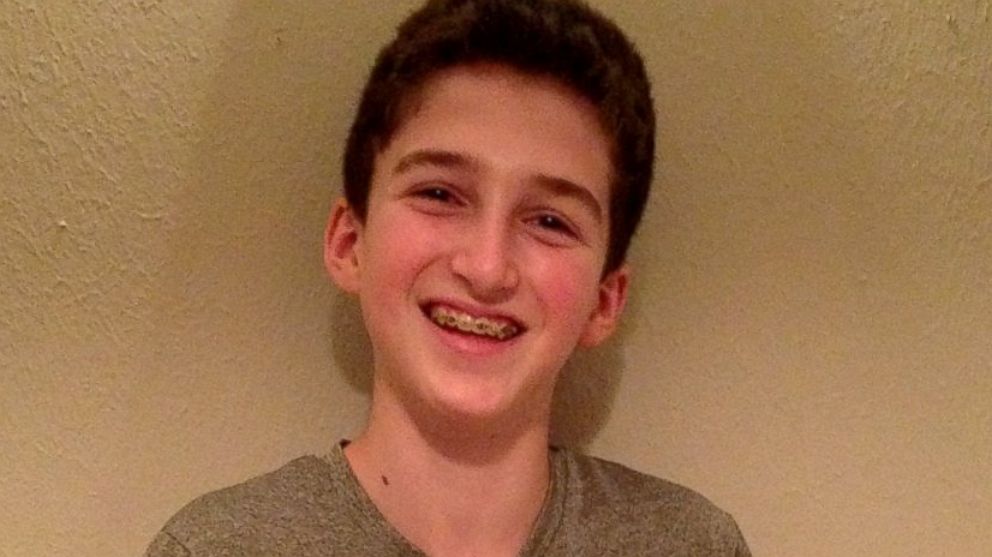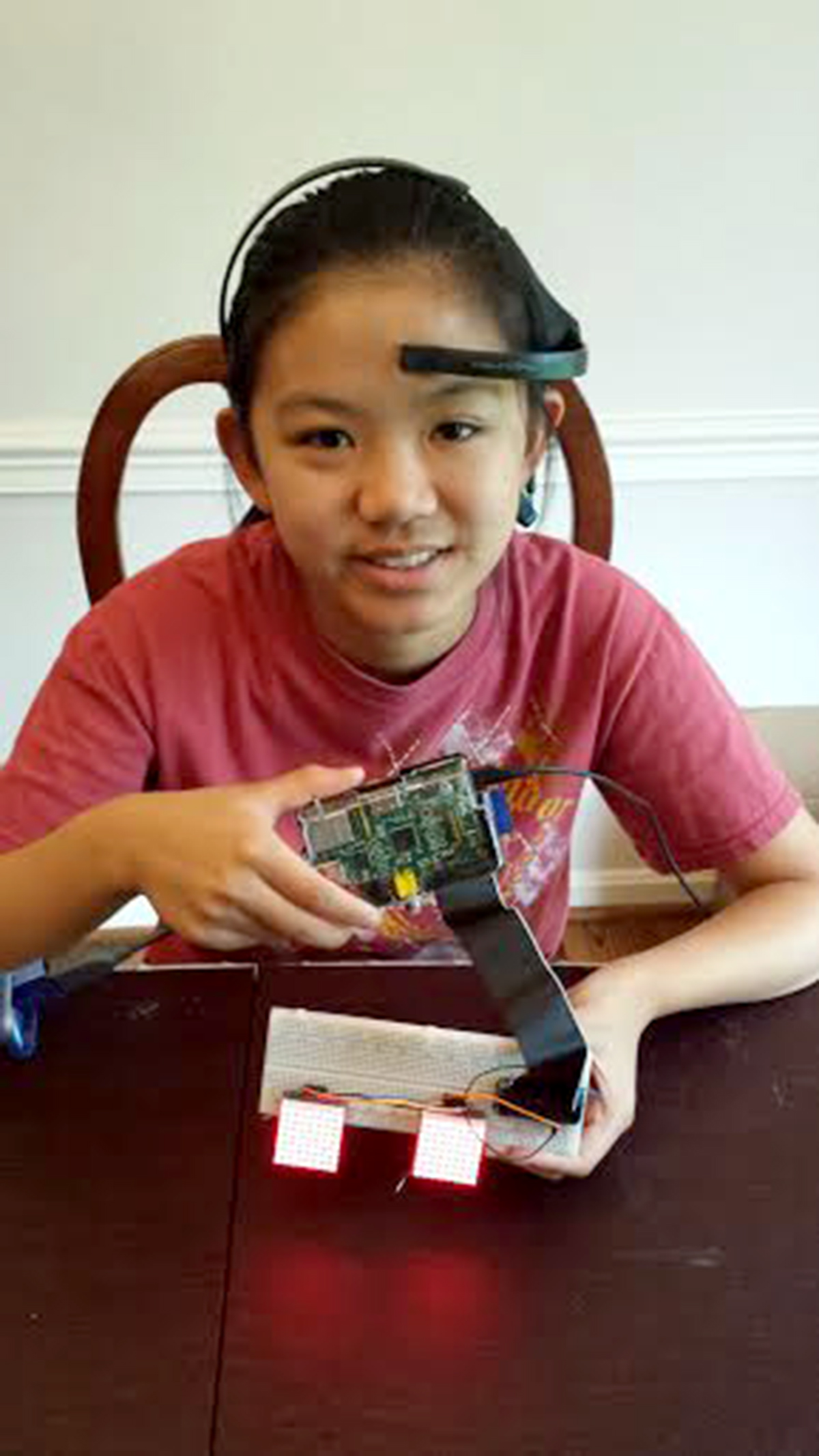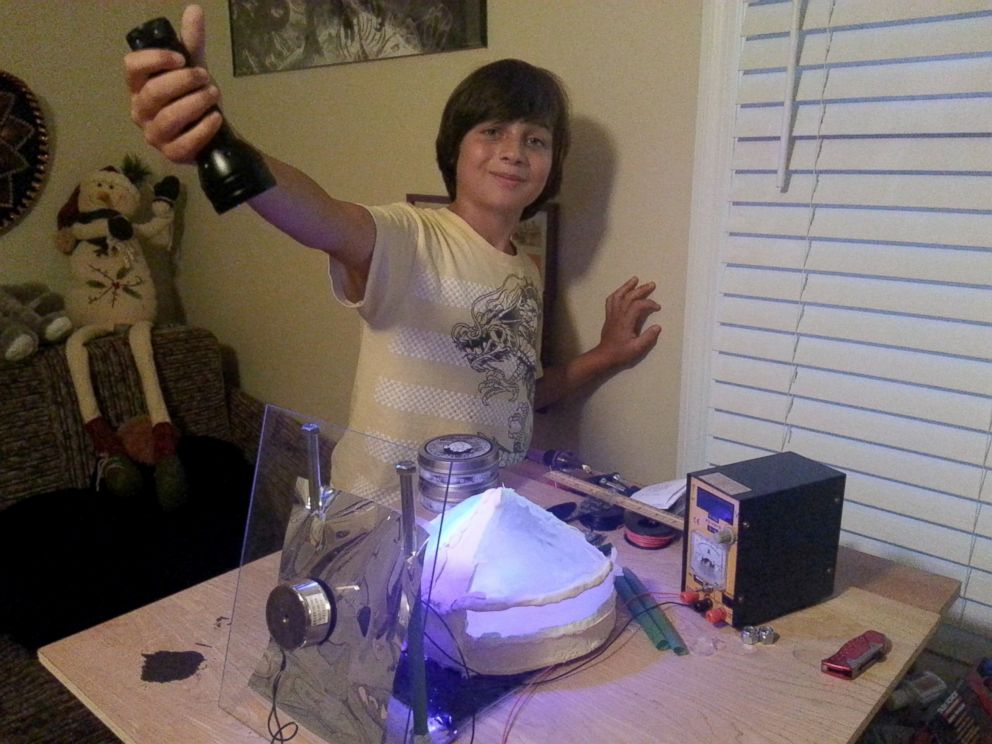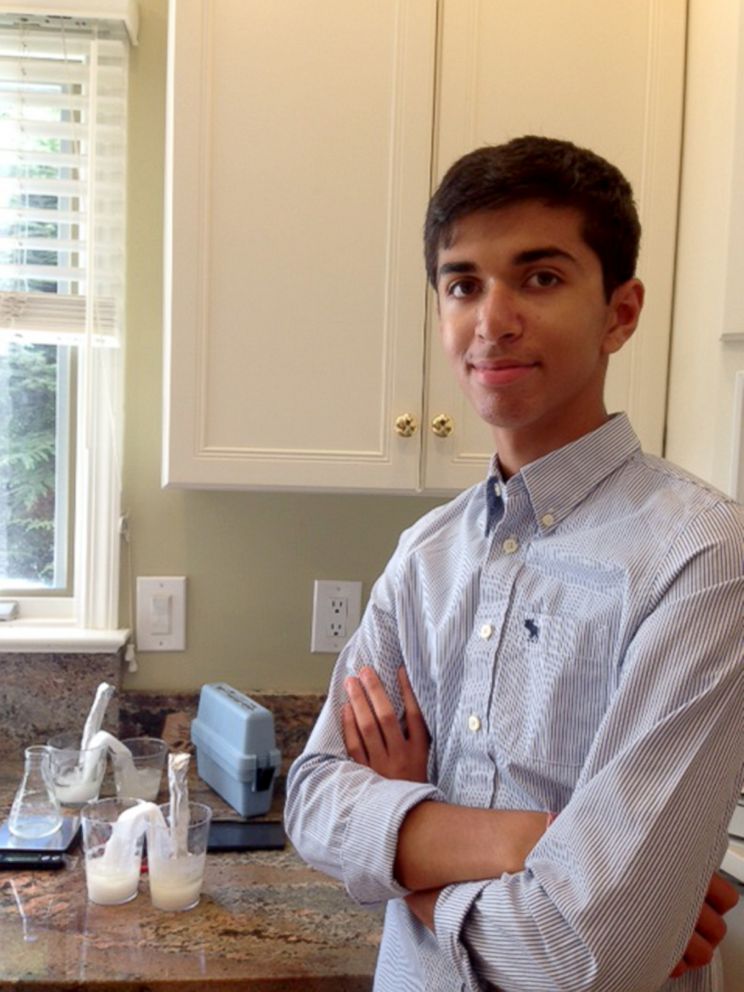Kid Inventors Vie for Top Honors in National Science Competition
Finalists spent the summer being mentored by scientists.

— -- While many students across the United States spent their vacation swimming and playing with friends, a select group of scientifically minded kids have been hard at work honing inventions that could improve the lives of others -- oh, and possibly win them $25,000.
As finalists in the Discovery Education 3M Young Scientist Challenge, 10 middle school students have been fine-tuning innovative solutions all summer long to present this October in the hopes of being named America's Top Young Scientist.
Curious to see what a better future looks like through the eyes of tweens? Here are four of the wild and life-changing ideas currently in the running.
"The inspiration for my project began this summer in Texas where we have a big problem with mosquitoes, some of which carry West Nile virus," said David Cohen, 12, of Dallas. "I was thinking about how to stop mosquitoes from spreading diseases and it occurred to me that it might be easier to stop them while in their premature phases, before they are able to fly."
Cohen subsequently built a robot prototype that can be placed in bodies of water where mosquitoes breed and eliminates them.

Katherine Wu, a 13-year-old from North Potomac, Maryland, set her sights on the open road when designing her invention.
"Every year, my family drives down to Florida and has fun in the amusement parks there," said Wu. "But the road trip from Maryland to Florida is quite long. From the backseat, I could hear my mom keep talking to my dad to make sure he wouldn’t fall asleep while driving [late at night]."
To provide a safe alternative for those driving alone, Wu created "A Driver's Companion," a small device that monitors brain waves to determine drowsiness. Should a driver begin to fall asleep, audio and light signals immediately alert them to the risk of danger.

Meanwhile, in Evans, Georgia, 11-year-old Nikita Rafikov is working on a way to get rid of track lighting forever.
"I was inspired by an idea of using proteins in architecture when I started my first project, green fluorescent protein (GFP) to light up the house and actin protein to move walls," said Rafikov. "However, actin seemed unrealistic to build the prototype with, so I decided to use magnetic liquid."
The GFP protein, which is found in some species of jellyfish, could potentially provide a new natural lighting solution for homes as it would cause materials it was used in to glow from within.

Sahil Doshi, a 14-year-old from Pittsburgh, focused his innovation on building a better battery. His PolluCell uses carbon dioxide and other greenhouse gases as a low-cost energy alternative.
"My inspiration for this project was the lack of energy in third-world countries today and the astounding amount of carbon dioxide pollution," said Doshi. "I was also inspired by Elon Musk, whose innovativeness and persistence convinced me to pursue a solution to two ailing problems in our world."
To follow along with the competition through October, visit www.youngscientistchallenge.com




